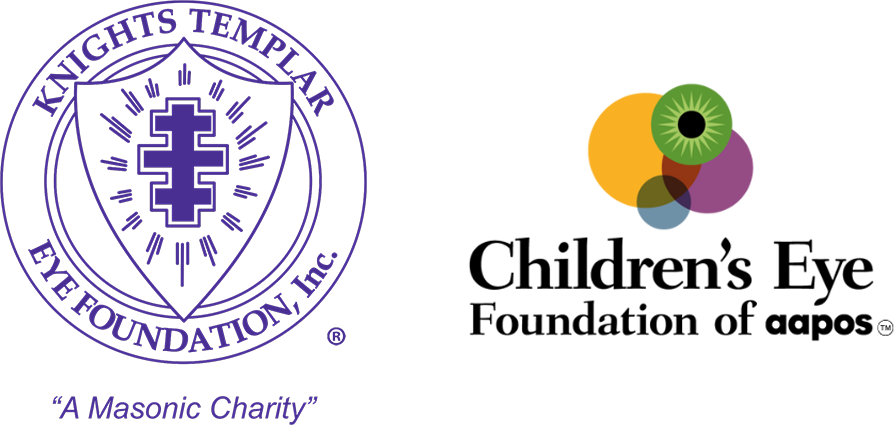Children's Eye Foundation Transitions SIBA Program to Telemedicine Model to Create Self-Sustaining ROP Treatment Network in Africa
Innovative telescreening initiative expands access to sight-saving care for premature infants across Kenya, Uganda and Nigeria with principal funding from the Knights Templar Eye Foundation, Inc.
Brentwood, TN, October 16 – The Children's Eye Foundation (CEF) of the American Association for Pediatric Ophthalmology and Strabismus (AAPOS) announces a transformative evolution of its Stop Infant Blindness in Africa (SIBA) program. This includes implementing a telemedicine-based screening model designed to create sustainable, locally managed retinopathy of prematurity (ROP) care across sub-Saharan Africa. The telescreening model allows trained technicians to capture retinal images of at-risk premature infants, which are then transmitted to specialists for remote evaluation and treatment recommendations. This dramatically reduces the need for physicians to travel between facilities while ensuring consistent, expert-level care reaches even remote neonatal units. A shift toward telemedicine marks a significant evolution in the program, which started out as a localized medical supply and training effort. This transition will make care more comprehensive and accessible.
Launched in 2025 in partnership with EYESHA, a British nonprofit with an operational presence in sub-Saharan Africa, the telescreening program is now at multiple hospitals in Kenya, Uganda and Nigeria. This innovative approach addresses the critical shortage of trained pediatric ophthalmologists in the region while building the infrastructure necessary for long-term, self-sustaining national ROP care.
“Since starting the telemedicine program in a number of centers across Africa, we have doubled the number of babies who are able to have screening and treatment and thereby prevented from a lifetime of blindness,” shares Dúpé̩ Ādémọ́lá-Pópóọ̄lá, MD, Pediatric Ophthalmologist, University of Ilorin in Nigeria and vice chair of the SIBA committee. “The cameras allow everyone on the team – ophthalmologist, neonatology, neonatal nurses, parents, and the ROP coordinator – to better understand the disease progression. Parents can connect with their mobile phone too, so we’ve also seen an improvement in the number of babies sticking with the treatment and follow-up appointments.”
Every year, thousands of newborn babies in sub-Saharan Africa face preventable blindness from ROP, a condition that develops when premature infants receive unregulated oxygen in neonatal intensive care units. While developed countries have virtually eliminated ROP blindness through proper screening and treatment, many African nations lack the necessary infrastructure and trained personnel.
"Telemedicine allows us to bridge the gap between the urgent need for ROP screening and the limited number of specialists available in sub-Saharan Africa," said Faruk H. Örge, MD, SIBA Co-Chair and AAPOS Vice President. "Our goal is not just to treat babies today, but to build the capacity for African nations to prevent childhood blindness tomorrow, giving countless children the joy of sight for life."
SIBA was founded in 2018 as a collaboration between CEF of AAPOS and the International Pediatric Ophthalmology and Strabismus Council, with principal funding from the Knights Templar Eye Foundation. The program's research has been published in leading journals including the Journal of AAPOS, Journal of Perinatology, and Journal of Ophthalmic Epidemiology.
About the Children's Eye Foundation:
The Children's Eye Foundation of the American Association for Pediatric Ophthalmology and Strabismus is dedicated to supporting programs that prevent childhood blindness and improve pediatric eye care globally. Through initiatives like SIBA, CEF works to ensure that all children, regardless of where they are born, have access to the eye care they need for a lifetime of sight.

